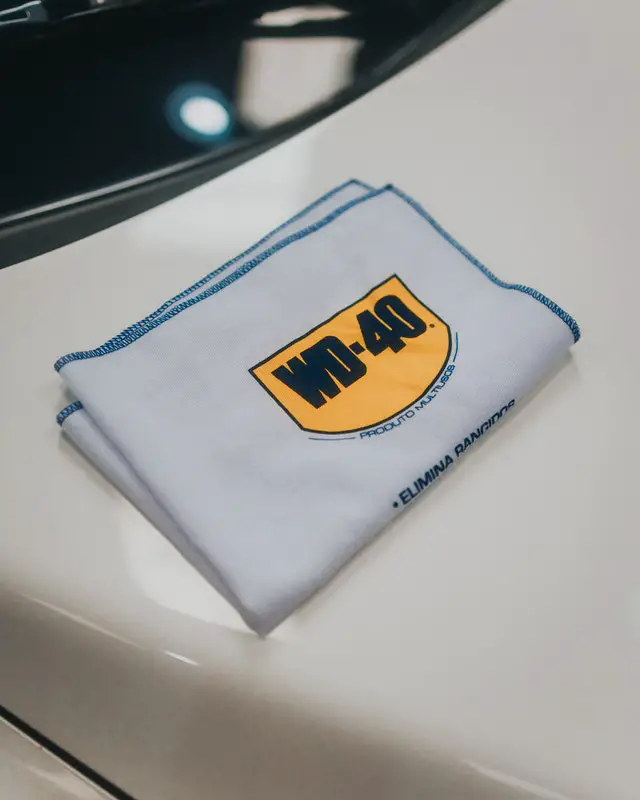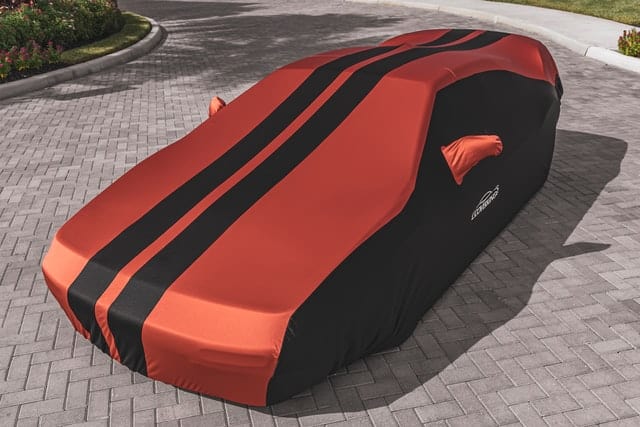Last Updated on January 22, 2025 by Nate Schnell
WD-40, short for Water Displacement 40, has earned its reputation as a versatile tool in mechanics and car maintenance. It’s the go-to product for rust removal, lubrication, water displacement, and degreasing. But what happens when you don’t have WD-40 on hand? Fortunately, there are plenty of substitutes—both household and store-bought—that can get the job done in a pinch.
This guide explores the best WD-40 alternatives, detailing their uses, benefits, and limitations. Whether you’re dealing with squeaky hinges, rusted bolts, or metal surfaces in need of lubrication, these solutions will have you covered.
Why Consider WD-40 Alternatives?
While WD-40 is an incredibly versatile product, there are valid reasons to explore alternatives. Some people prefer eco-friendlier or petroleum-free options, while others may want more specialized solutions for rust removal, lubrication, or car maintenance. Whatever the reason, these alternatives offer targeted solutions for specific tasks.
Best WD-40 Alternatives for Car Use
Petroleum Jelly
Commonly known as Vaseline, petroleum jelly is an excellent substitute for WD-40 in certain situations. It’s a great lubricant for hinges, locks, and metal parts. Additionally, it prevents rust and corrosion. However, avoid using it on car paint as petroleum can cause damage.
Non-Petroleum Jelly
For those avoiding petroleum-based products, non-petroleum jelly is a suitable alternative. It’s safe for car paint and can slow down the spread of rust spots. While it won’t cure rust, it can help prevent further damage. Use it on hinges and minor rust-prone areas for best results.
Beeswax Bars
Beeswax bars are another versatile option. Commonly found in car wax products, beeswax lubricates, protects metal, and prevents rust. It’s safe for car paint and works well on door hinges, stuck locks, and non-engine parts. Beeswax can also help treat minor rust spots by forming a protective barrier.
DIY Lubricant
You can make a homemade lubricant using simple ingredients like oil and acetone. Mix 90% vegetable or mineral oil with 10% acetone for a solution that works on rusted parts and squeaky hinges. Be cautious, as acetone can damage car paint. This mix is best for metal components and should be kept away from painted surfaces.
Extra Virgin Olive Oil
A natural and eco-friendly lubricant, extra virgin olive oil is safe for car paint and can be mixed with white vinegar for added cleaning power. It’s perfect for door hinges and bike chains but not ideal for high-temperature applications.
Mineral Oil
Mineral oil is a non-toxic, odorless option that prevents rust and acts as a lubricant for metal parts. While it’s not suitable for high-heat environments, it’s a simple and effective alternative for general car maintenance tasks.
Vegetable Oil and Acetone
Similar to DIY lubricants, a mix of vegetable oil and acetone offers an effective rust-prevention solution. It works well on metal parts but should not be used on car paint due to the potential for damage.
Multi-Purpose Oil
Multi-purpose oil is a reliable WD-40 substitute, often found in garages for cleaning grime and lubricating parts. It displaces moisture, prevents rust, and can even be used on car paint for light cleaning tasks.
Plumber’s Grease
This silicone-based product is excellent for lubricating metal parts and preventing rust. It’s sticky enough to stay in place but should not be used on car paint as it may cause staining or streaking.
Dry Lube Spray
Dry lube sprays are effective for rust prevention and lubrication. While they don’t offer the same versatility as WD-40, they work well on metal parts and tight spaces. Look for dry lube sprays designed for automotive use.
Rust Removers
Specialized rust removers are ideal for treating rusted metal parts, bolts, and screws. Some rust removers are safe for car paint, but always check the label before use. These products are less versatile than WD-40 but excel in rust treatment.
AC-90
AC-90 is a direct competitor to WD-40, offering similar properties at a lower price point. It works as a lubricant, rust preventative, and moisture displacer. While not as widely available, it’s a solid alternative for those looking to switch.
Why Choose a WD-40 Alternative?
WD-40 contains petroleum-based components and uses carbon dioxide as a propellant, which may concern some users. Alternatives like non-petroleum jelly, natural oils, and homemade solutions allow for a more eco-friendly approach. Additionally, some substitutes offer specific benefits, such as being safe for car paint or tailored for rust removal.
Related Questions and FAQs
Can You Use WD-40 as a Lubricant?
Yes, WD-40 provides temporary lubrication but is not a dedicated lubricant. It’s better suited for rust removal and moisture displacement than long-term lubrication tasks.
What Should You Not Use WD-40 On?
Avoid using WD-40 on brakes, gaskets, or sealing surfaces. It can compromise the effectiveness of these components and is not designed for such applications.
What Is the History of WD-40?
WD-40 was originally developed by the aerospace industry to protect missile components from rust and corrosion. Its first commercial use was by Convair to protect the outer skin of the Atlas Missile.
Who Used WD-40 First?
WD-40 was first used by Convair engineers working on the Atlas Missile project. Its effectiveness soon led to widespread adoption in various industries, including automotive and home maintenance.
With these WD-40 alternatives, you’ll always have a reliable option for rust prevention, lubrication, and general car maintenance. Whether you choose a household product or a dedicated solution, these substitutes ensure your car stays in excellent condition without the need for WD-40.



